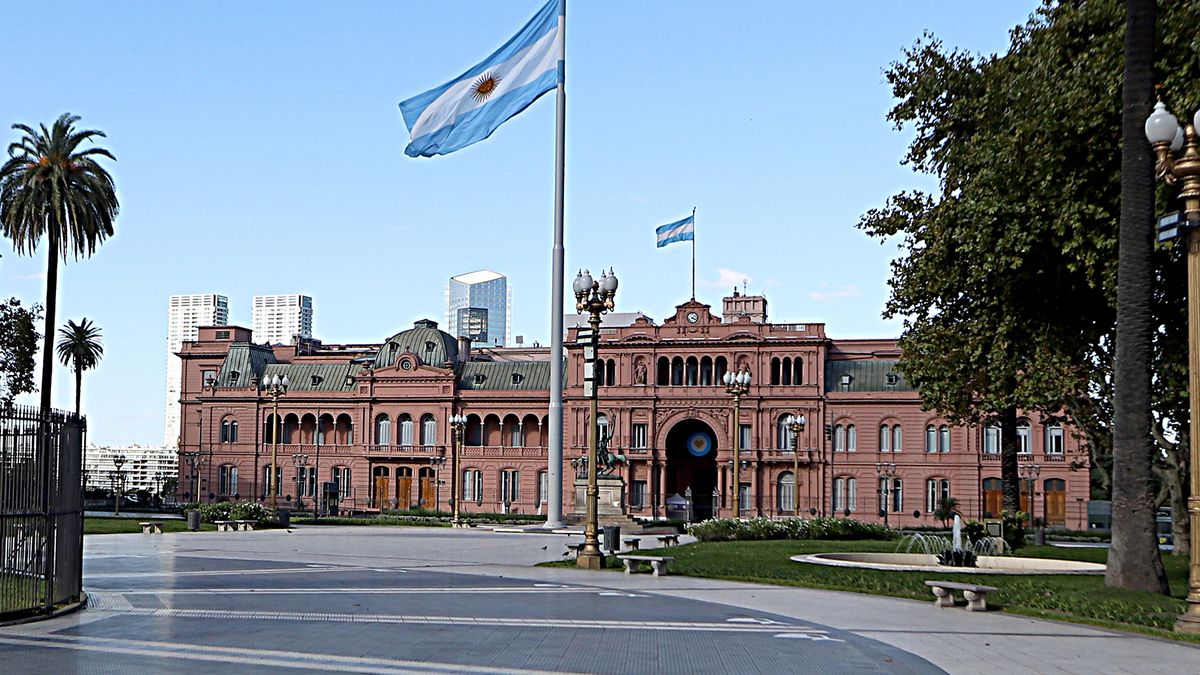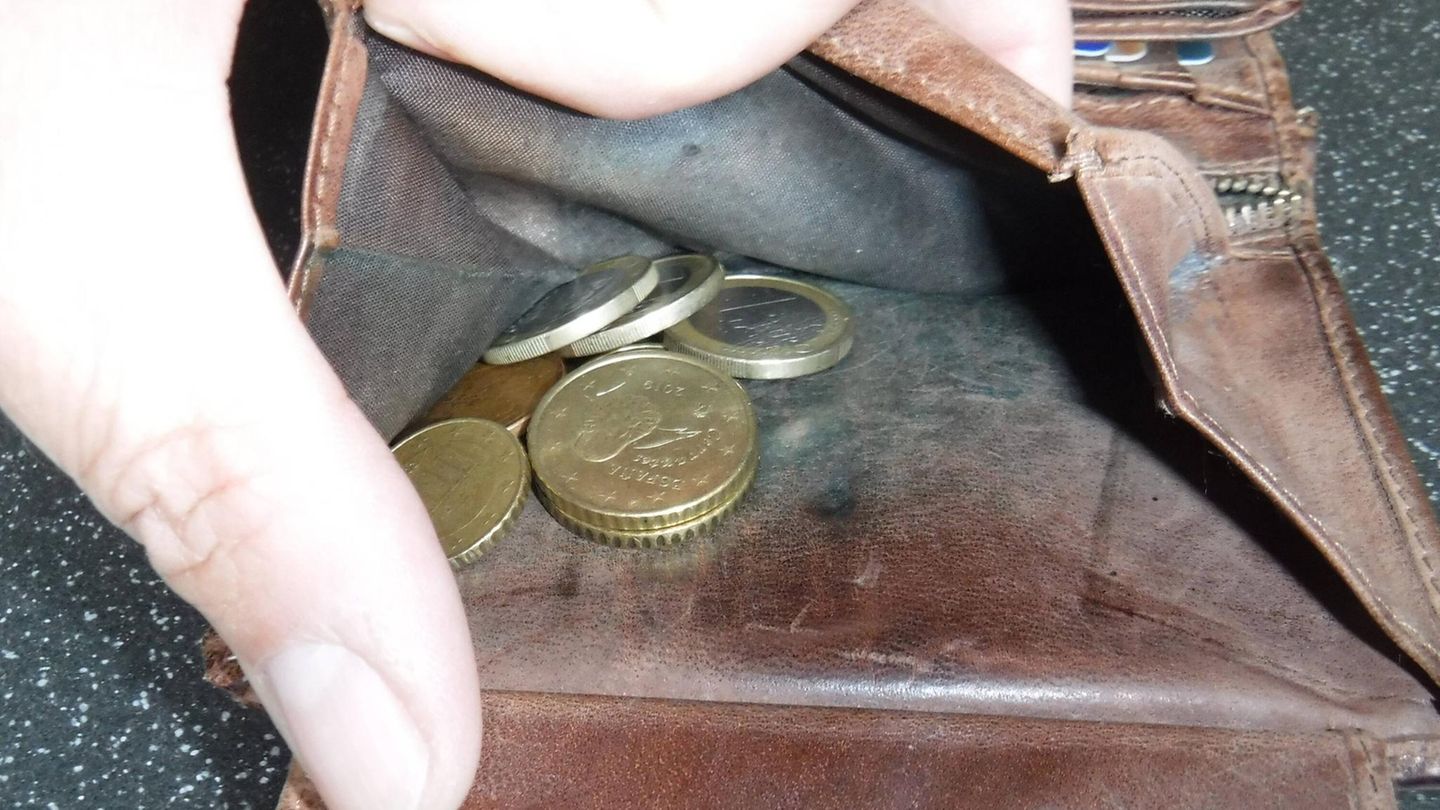Meanwhile, for For operators, the demand for the currency – even though it is at a price that is considered expensive – responds not only to electoral uncertainty but also to the lack of a clear economic direction and the low level of liquid reserves of the BCRA, among other factors.
For the Government, the rise in the different types of dollars in Argentina is due more to the “electoral” process, explains a high official source to Ambit, “It is a matter of market experts who maximize the situation to try to win with it.” This, he adds, causes the small saver “He gets scared and goes in search of the blue dollar.”
Official voices insist that “The volumes that move in this market are very small”And for this they admit that “With little moves” easily quote.
Somehow they have assumed that this situation will continue (with slight rises and falls of the dollar) until after the elections.
However, the Central Bank board decided that banks can maintain their current holding in dollars until the end of the month despite having room to increase it. The fact is that in the first days of November, the BCRA’s reserves decreased by about US $ 230 million. It should be noted that the parallel was at $ 200 and the free Cash with Settlement (CCL) reached $ 214.
In the Palacio de Hacienda they are confident that, as of November 15, the Central Bank will continue the current policy of crawling peg, although “With some more or less logical acceleration to take care that there are no significant delays in parity.”
They are confident that, as of November 15, the Central Bank will continue the current crawling peg policy, although “With some more or less logical acceleration to take care that there are no significant delays in parity.”
Of course, they deny that the rise in the exchange rate affects prices, although it is known that one of the effects it causes is uncertainty regarding what price stocks can be replenished.
This situation causes that, in some cases, manufacturers and distribution networks tend to stock. Those who sell do so at a replacement value that they estimate based on the price of the dollar that can be accessed: that is, at a price close to 200 pesos.
It is true that the economy is not fully dollarized, but in a country with high inflation the price anchor is usually the dollar. Not in vain the BCRA has been delaying the exchange rate.
Specialists agree that a dollar at $ 200 is “expensive” but as it is the only one that can be obtained, they do not see that at the moment “it is going to go down”.
One of the factors that could contribute to the decline in the currency would be to have a solid economic plan that could be reached if there was an agreement with the IMF – something that at the moment does not look so close, they explain in the market.
Another question that generates uncertainty in the market is what will be the reaction of the ruling coalition once the electoral result is known.
The memory of the week after the PASO with the letter from Vice President Cristina Fernández de Kirchner, the resignations of several officials fear that it could be repeated once the electoral result is known.
Source From: Ambito
David William is a talented author who has made a name for himself in the world of writing. He is a professional author who writes on a wide range of topics, from general interest to opinion news. David is currently working as a writer at 24 hours worlds where he brings his unique perspective and in-depth research to his articles, making them both informative and engaging.




